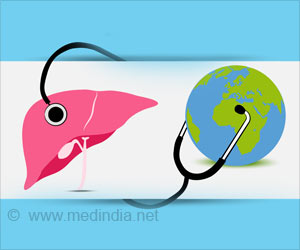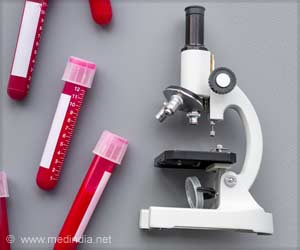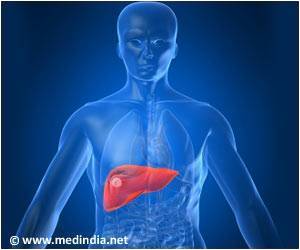A new study says that patients with Parkinson's disease experience more pain than those without the neurodegenerative disorder. It also suggests that ache is associated with the condition.
The study, led by Giovanni Defazio, M.D., Ph.D., of the University of Bari, Italy, has been published in the latest issue of Archives of Neurology, one of the JAMA/Archives journals."Patients with Parkinson's disease often complain of painful sensations that may involve body parts affected and unaffected by dystonia," or involuntary muscle contractions, said the authors as the background information in the article.
The pain may resemble cramping or arthritis, or have features of pain caused by nerve damage.
"The high frequency of these pain disorders in the general population makes it hard to establish whether pain is more frequent among people with Parkinson's disease than among age-matched controls," wrote the authors.
In the study, the researchers compared 402 patients with Parkinson's disease to 317 healthy individuals who were the same age.
The participants revealed about their current age, the age at which they developed Parkinson's disease, scores on disease rating scales and details regarding any pain that was present at the time of the study and lasted for at least three months.
Advertisement
"Nevertheless, we observed a significant association between Parkinson's disease and non-dystonic pain, beginning after the onset of parkinsonian symptoms. Cramping and central neuropathic [nervous system-related] pain were more frequent among Parkinson's disease patients than controls. About one-quarter of patients who experienced pain reported pain onset before starting antiparkinsonian therapy," the authors wrote.
Advertisement
"These data support the hypothesis that pain begins at clinical onset of Parkinson's disease or thereafter as a non-motor feature of Parkinson's disease," concluded the authors.
They added: "The findings of this study may have implications for designing studies aimed at understanding pain mechanisms in Parkinson's disease and identifying specific treatment strategies."
Source-ANI
RAS/L











